Most homeowners don’t think about their chimneys and unfortunately many don’t recognize the telltale signs of a problem. It isn’t always obvious that your chimney isn’t safe and problem free. There are six visible signs your chimney needs to be repaired. Since your fireplace and chimney is one of the leading causes of home fires, every homeowner should become familiar with these six issues.
Damaged Mortar Joints
Easier to spot if your chimney is visible from ground level, but if not it may require a rooftop vantage point to spot damaged mortar joints on your brick or stone fireplace. If your chimney is only visible from the roof, it is strongly suggested to have an inspection if you believe this problem may exist, or use a pair of binoculars or a camera with a telephoto lens to capture a picture of your chimney.
Failing mortar joints leads to chimney damage. This condition exposes the chimney bricks to moisture that seeps into these small cracks in the masonry. Over time, these smaller cracks turn into larger cracks or breakage of the mortar joint and this is particularly true in climates where there is a great deal of freezing and thawing. In the Memphis area, we are accustomed to this swing in temperatures. One day it is raining and in the 50 degree range and the next day it is freezing cold with temperatures below 32 degrees at night.
Eventually if the mortar joints are not replaced, the entire chimney could collapse causes thousands of dollars of damage not only to the chimney but to the roof itself.
Rusted Damper or Firebox
Signs of moisture in a chimney or fireplace are a cause for immediate concern. Rust is a strong clue that there is too much moisture; you may spot rust in the firebox or on the damper. One sign that rust is starting to develop is if the damper becomes difficult to operate or if it isn’t sealing properly allowing a small draft to occur.
Moisture in the chimney can cause additional problems including cracks or breaks in the flue tile which is a very dangerous condition often allowing heat to escape the flue and creating conditions for a house fire. Few people realize that the fireplace and chimney is one of the leading causes of home fires. In 2012, there were more than 22,500 home structure fires attributed to the fireplace and chimney.
Spalling Bricks
If you live in the South you have seen this issue even if your like most of us in not knowing what to call it. Spalling is when brick masonry begins to deteriorate to the point chunks of brick are falling from the structure. Spalling starts off as small cracks that grow into bigger cracks until the entire surface deteriorates. Spalling occurs when water, rain or melted snow typically, enters brick, concrete, or natural stone. This water forces the surface of the masonry to peel off, pop out or flake off.
You can easily spot this condition, since bits of masonry fall from the chimney and can be seen on the roof or the ground. Leaving this condition unchecked can ultimately lead to a crumbling chimney and eventual destruction of the entire chimney structure.
Shalling (cracked) Flue Tiles
Inside your chimney is a flue liner that protects the brick and your home from heat, while helping to direct the flow of air up and out of your home. A damaged flue liner is a serious problem. If you start to see thin slices of the tile from your liner in your firebox, you have a shaling problem and your home is at risk for a chimney fire.
The flue lining of a chimney must be intact in order to safely use a fireplace. Many people today are switching to stainless steel liners, which usually carry lifetime warranties. While shaling flue tiles can become evident, identifying cracked flue liners often requires an inspection by a professional chimney sweep who uses a special camera to spot the problem. The use of this camera allows the specialist to see into areas of the chimney that can not be spotted in other way.
Cracked Chimney Crown
A chimney crown plays an important role in preventing water damage to your home. This concrete slab or metal plate that sits on top of the highest bricks on the chimney stops water from seeping in between the mortar joints in the masonry. It also hangs over the edge of the chimney so that water will run onto the roof instead of straight down into the joint between the chimney and your home. A cracked or damaged chimney crown, that isn’t fixed quickly, can lead to thousands of dollars in repairs from water damage.
When the crown is cracked, water gets in and freezes and thaws, causing larger cracks. A damaged chimney crown allows moisture to seep between the chimney and the liner as well as into the chimney, which can cause shaling and spalling.
A cracked or damaged chimney crown is very difficult to spot without rooftop access. Our inspection of your fireplace and chimney includes checking for this condition.
Interior Water Damage
Many of the conditions that cause leaks in the fireplace, chimney and flue can lead to damage in your home’s interior. Damaged might be spotted if paint or wallpaper shows signs of damage. An even more dangerous condition is water leaking into the interior walls that left unfixed can lead to mold. In many cases, damage that leads to mold happens slowly over time. You may never notice it until it’s too late, which is why it’s important to have a professional chimney inspection annually.
If mold has developed due to a leaky fireplace, it requires specialized equipment to safely remove this danger. Call us today, if you are concerned this condition exists.
What to Do if These Any of These Conditions Exists
If any of these issues exists, or you are concerned that they might, don’t hesitate to call MadeWell Masonry today to schedule a visit or inspection. Our teams are highly skilled at detecting these issues and providing you with several options to correct them.
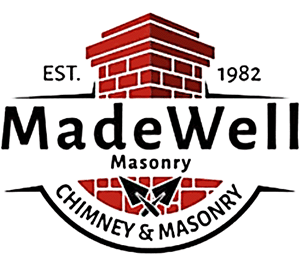
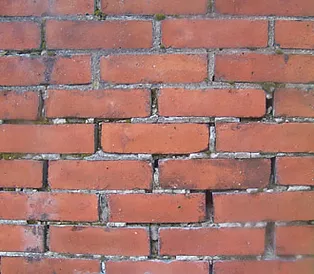
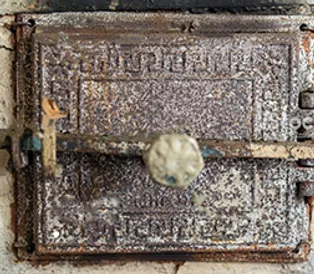
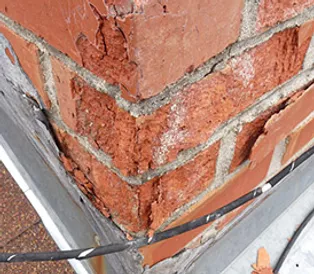

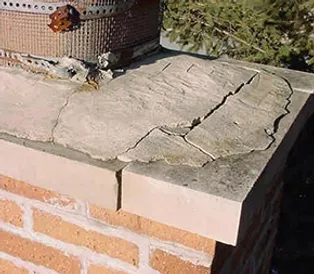

Recent Comments